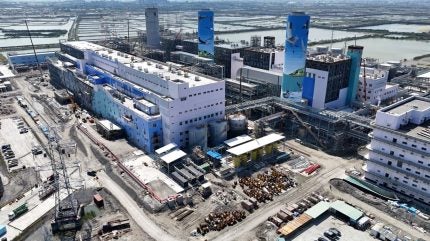
Energy industry company GE Vernova has announced that the first block of the Hsinta power plant, operated by Taiwan Power Company Nan Bu Construction Organization (TPC NPCO), has commenced operations.
Powered by GE Vernova’s 7HA.03 combined cycle equipment, the block can dispatch 1.3GW of electricity to Taiwan’s energy grid.

Discover B2B Marketing That Performs
Combine business intelligence and editorial excellence to reach engaged professionals across 36 leading media platforms.
The new generating unit represents a move towards gradually replacing the coal-fired units at the Hsinta site.
The H-class blocks are expected to cut emissions from the older coal units by 60%, contributing to Taiwan’s environmental goals.
The Hsinta power plant’s additional two blocks are expected to begin operations in phases during 2025 and 2026.
The plant’s total power capacity will reach 4GW, supplying electricity to Taiwanese households and industries.

US Tariffs are shifting - will you react or anticipate?
Don’t let policy changes catch you off guard. Stay proactive with real-time data and expert analysis.
By GlobalDataGE Vernova collaborated with the CTCI Corporation to engineer, construct and commission the first combined cycle block.
Each block at the plant contains two GE Vernova 7HA.03 gas turbines with H65 hydrogen-cooled generators, two heat recovery steam generators (HRSG), one GE Vernova STF-D650 steam turbine with an H65 hydrogen-cooled generator, and other essential equipment.
GE Vernova highlighted the modular standard configuration’s simplicity and cost-effectiveness, facilitating faster project execution.
To further reduce carbon emissions, the GE Vernova 7HA.03 gas turbine can burn up to 50% hydrogen by volume when blended with natural gas.
GE Vernova has contributed to Taiwan’s energy and infrastructure development since 1961.
By 2026, gas power plants using GE Vernova’s assets are projected to exceed 10GW in generating capacity, enough to power 23 million homes in Taiwan.
In June 2025, international Germany-based energy provider Uniper selected GE Vernova to upgrade three GT26 gas turbines at the Grain power station in the county of Kent, UK.
The upgrade aims to enhance efficiency and power output, aligning with Uniper’s decarbonisation goals.





